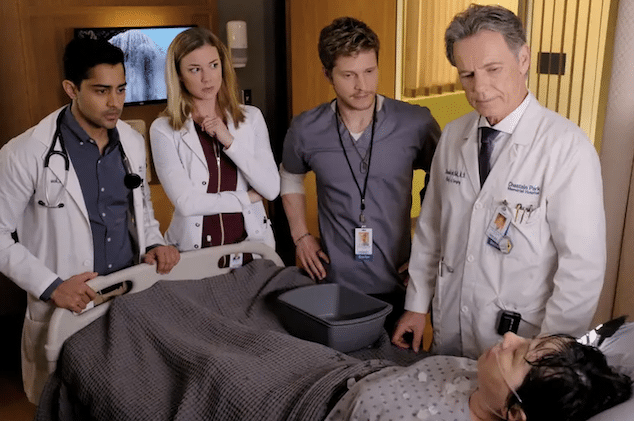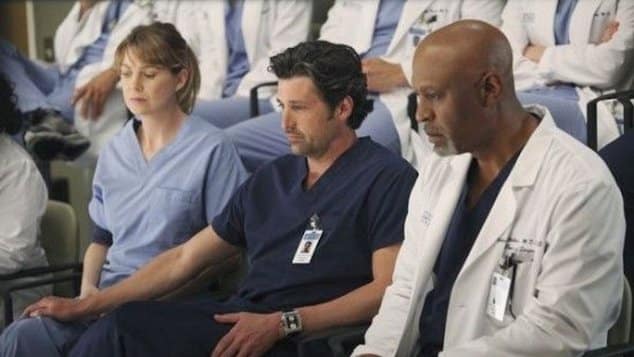

How Pop Culture influenced trends in Healthcare Education: from public health campaigns, student curriculums along with celebrity influencers and TV shows.
In recent years, pop culture has become increasingly intertwined with healthcare education. From medical dramas on television to celebrity influencers on social media, pop culture shapes how both students and the general public perceive medicine and public health.
As new generations of more tech-savvy learners enter healthcare fields, leveraging pop culture as an educational tool has also grown in popularity.
There are now myriad examples of how pop culture has been incorporated into curriculums for healthcare students as well as public health campaigns targeting the general population.
According to recent statistics, the use of online and distance learning has also expanded rapidly in higher education, providing new opportunities to integrate engaging pop culture examples into lessons for healthcare students.
With pop culture consumption on the rise, understanding its impact has important implications for how to most effectively educate current and future healthcare professionals as well as promote public health awareness.
This article explores the complex intersection between popular media, celebrity influence, and trends in healthcare education. It examines several key aspects, including the growing role of pop culture in public health messaging, its increasing use as a pedagogical tool in medical curricula, its effects on public perceptions of healthcare, and the potential benefits and drawbacks of leveraging pop culture in health education.
By taking a comprehensive look at this issue, the aim is to provide greater insight into how pop culture both shapes and is shaped by healthcare education.
The Role of Pop Culture in Public Health Education
Pop culture references are increasingly being incorporated into public health campaigns and educational materials targeting the general population. For example, students have successfully used pop music lyrics and movie clips in peer-to-peer public health education initiatives on their college campuses.
Public health organizations have also tapped into the power of celebrity influencers and popular TV shows to spread key health messages to a broader audience.
A recent analysis of public health campaigns found that those featuring pop culture elements performed better compared to traditional, fact-based campaigns in terms of public engagement and message recall.
Some innovative public health educators have even leveraged pop culture to make serious topics more accessible, like using Rocky movie clips to teach basics of life support and CPR to non-medical professionals which then encourages them to get BLS certification online.
Overall, pop culture is now considered an impactful, tried-and-true method for communicating essential health information to the masses. However, care must also be taken to ensure accuracy when using entertainment media in public health contexts.
Pop Culture in Medical and Health Science Curriculums
Incorporating elements of popular culture into curriculums has become increasingly common in medical and healthcare fields. References to television, movies, music and celebrities are being integrated into lessons for students pursuing careers in healthcare.
One study found that the most frequent use of pop culture is through clips of popular medical dramas to prompt analysis and discussion. For example, Grey’s Anatomy and House have been used to teach principles of professionalism and medical ethics to medical students.
Other educators have leveraged pop culture personalities, like Simpsons characters, in interactive web-based lessons on diagnostics designed for continuing education of healthcare professionals.
Proponents argue pop culture references can boost engagement and motivation for today’s students, while also fostering understanding of complex healthcare concepts. However, care must be taken to balance entertainment with accuracy, and to address ethical concerns about voyeurism of patient conditions.
Overall, when thoughtfully implemented, pop culture can make course content more relatable and exciting for digitally-native learners entering the healthcare workforce.
The Impact of Pop Culture on Perceptions of Healthcare
Pop culture has a significant influence on public perceptions about medical care and health practices. Television shows, movies, celebrities and social media influencers shape the way the general public understands diseases, evaluates treatment options, and makes health decisions.
One major area of impact is how celebrities offer medical advice or endorse health products and services to their fans. Celebrity testimonials and social media posts endorsing diet plans, vitamins, drugs or cosmetic procedures have become extremely common.
Studies show a celebrity endorsement can boost public trust and interest in a health product by up to 20%. However, critics argue that celebrities often provide biased perspectives or perpetuate medical misinformation that induces irrational fears or unhealthy behaviors in the audience.
Overall, pop culture portrayals undoubtedly sway healthcare attitudes, knowledge retention, and actions of patients. This magnified influence presents both opportunities and ethical challenges for public health education. Responsible oversight and guidance is needed to leverage celebrity impact in a positive direction.
The Use of Pop Culture in Teaching Cultural Competence in Healthcare
Pop culture references are increasingly incorporated into lessons aimed at developing cultural competency skills in healthcare students. Entertainment media like movies, TV shows and music offer opportunities to expose students to diverse populations and perspectives they may not encounter otherwise.
Instructors have found video clips particularly impactful for stimulating discussion around cultural biases and experiences of marginalized groups. Certain genres such as hip hop are especially relevant for exploring themes of structural racism and inequality.
Pop culture provides an interactive way for healthcare students to explore their own unconscious biases in a low-stakes environment. Role-playing exercises based on pop culture scenarios can provide valuable practice interacting with diverse patients.
While not a replacement for real-world experience, purposeful use of pop culture to teach cultural competency can help normalize differences, broaden perspectives and emotionally connect students to communities beyond their own. However, material and activities must be thoughtfully selected to avoid reinforcing stereotypes.
The Benefits and Challenges of Using Pop Culture in Healthcare Education
While pop culture offers many possibilities as an educational tool, there are also important limitations and risks to consider.
On the benefit side, research indicates strategically incorporating pop culture boosts student engagement, motivation, and even retention of course material. Students often find classes more enjoyable and concepts more memorable when they are illustrated through entertainment media they know and enjoy. Pop culture also provides a conduit to explain complex medical concepts in more familiar, relatable terms.
However, over-reliance on pop culture can also foster misperceptions if not balanced with facts. Educators must be mindful that dramatized TV depictions often exaggerate or misrepresent clinical scenarios for entertainment value.
Additionally, pop culture references may quickly become outdated as trends rapidly evolve. Maintaining relevance requires consistent integration of examples from current music, movies and celebrities familiar to target learners.
With careful oversight and balance, pop culture can be a powerful tool to captivate new generations of healthcare students. But the risks of perpetuating misinformation and stereotypes mean it should be thoughtfully implemented alongside traditional teaching methods.

Conclusion
As this exploration has shown, the relationship between pop culture, healthcare education, and public perceptions is multidimensional. Pop culture both influences and is influenced by trends in medical education and health messaging.
Entertainment media impacts not only how the general public understands diseases and treatments, but also shapes the lens through which future healthcare providers view their own profession and patients. As new generations of digitally-native students enter the field, they bring expectations and needs for engagement that traditional teaching methods may not meet.
Responsibly leveraging pop culture can bridge that gap, fostering understanding and humanizing course content. However, maintaining balance and accuracy is critical. While the memorable, emotional power of pop culture can educate and motivate, it also risks distorting truths or spreading misinformation.
Healthcare educators have an important opportunity and obligation to harness pop culture’s influence in a positive direction. With thoughtful oversight and integration, it can be used to grab student interest while also modeling cultural sensitivity. Ultimately, pop culture offers a valuable channel to improve healthcare education and delivery, as long as its limitations are recognized.






